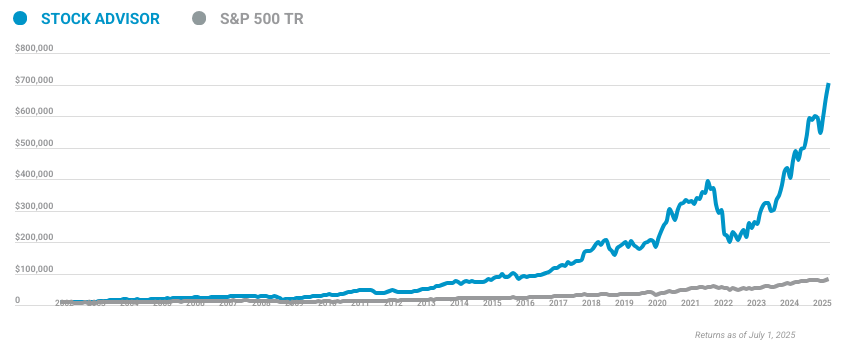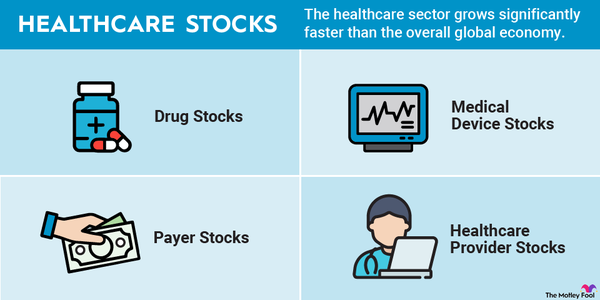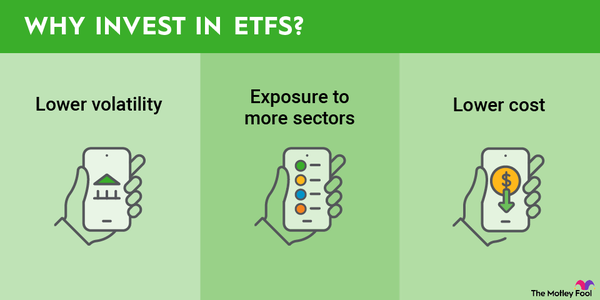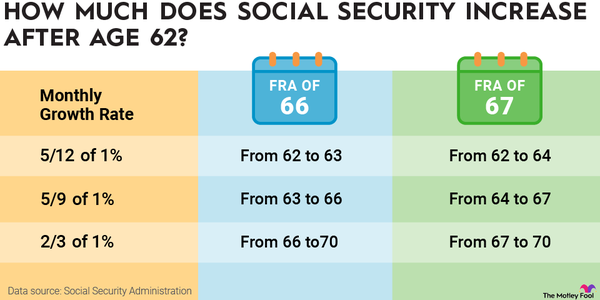Generative AI has taken many industries by storm, and investing is no exception. The Motley Fool surveyed 2,000 adults with experience using generative AI as part of their investing process to gain insight into how the average investor is leveraging these new tools.
The results show that investors who have used generative AI see value in the technology. They frequently incorporate generative AI into their investing process, specifically for stock research and market trend analysis, and report saving time by doing so.
The survey also reveals that less experienced and younger investors are more likely to use generative AI tools than their older and more experienced counterparts.
ChatGPT is the most AI tool among investors
ChatGPT is the most popular tool among investors who use AI
OpenAI’s ChatGPT is the most commonly used generative AI tool used among respondents as part of their investing process. Two-thirds of respondents said they had used ChatGPT to help make investment decisions. No other tool was used by 50% or more of respondents.
Which generative AI tool(s) have you used for your investment decisions? Select all that apply.
| Generative AI tool | All respondents |
|---|---|
| ChatGPT | 66% |
| Google Gemini | 42% |
| Microsoft (NASDAQ:MSFT) CoPilot | 37% |
| Perplexity | 17% |
| Anthropic's Claude | 15% |
| Other | 3% |
The rapid adoption of ChatGPT, built by Sam Altman’s OpenAI, following its public release in the fall of 2022 led competitors to scramble to build and unveil their own large language models (LLMs). Whether [Alphabet’s (NASDAQ:GOOG) (NASDAQ:GOOGL)] Google and other tech companies can catch up or if they throw in the towel and integrate ChatGPT into their customer-facing systems will determine which LLM becomes the go-to choice for retail investors.
How investors use AI
Investors most commonly use AI for analyzing stocks and market trends
The most common use of AI in respondents’ investing process is for stock analysis and research (57%) and market trend analysis (51%).
Those tasks involve analyzing and contextualizing a large amount of text, which makes them good candidates for assistance from generative AI tools. And 38% of respondents said they use LLMs to summarize financial news, which is another text-heavy task.
Interest in using generative AI for market trend analysis, summarizing financial filings, and portfolio management grows with investing experience.
In our survey, 35% of respondents -- all of whom have experience using LLMs as part of their investment process -- said they primarily use generative AI to make a final determination on whether to buy or sell a stock. That’s a step beyond using an LLM to jump-start research into a company or better understand what may be behind broader trends.
Baby boomer respondents with experience using generative AI to help them invest are least likely to employ LLMs when making a final decision on whether to buy or sell a stock (25% of baby boomers compared to around 35% of Gen Z, 35% of millennials, and 41% of Gen X).
About a quarter of respondents use AI to summarize SEC filings and to help manage their portfolios.
Younger generations are more likely to use generative AI for summarizing financial filings and managing their portfolios than their elders are. That suggests they’re using AI to help them understand fundamental aspects of investing and analysis.
How much time investors save by using AI
69% of investors using AI tools say it saves them time on stock research
Of our respondents, 69% report that generative AI saves them time when doing investment research.
About 30% say LLMs significantly reduce the amount of time they spend on stock research, and another 40% said it “somewhat” reduces their time spent.
On the other hand, 12% said that using generative AI in their investment process increases the amount of time they spend on research. That doesn’t necessarily mean those respondents are being less efficient in their stock research or that the technology is slowing them down, leading them to take more time to do the same amount of research they would be doing without the help of AI. Instead, they could be doing more overall research and spending more time on it because AI makes the research process less tedious.
Which type of investor uses AI most?
Younger, less experienced investors use AI tools most frequently
Gen Z and millennials who have used generative AI for investment decisions are the most frequent users:
- About 20% of Gen Z and 26% of millennial respondents use those tools for every investment decision they make.
- About a third of those generations, as well as Gen X, use generative AI in most investment decisions.
- Only 9% of baby boomers who have used AI for investment decisions say they do so every time, and 22% claim to do so for most decisions.
- By comparison, 43% say they use generative AI for some investment decisions, and 26% say they use it for very few decisions -- much higher percentages than other generations in these less-engaged response categories.
Investors with five or more years of experience who have used generative AI to assist them in the past are less likely to use generative AI in all or most investing decisions compared to less experienced investors. Investors with three to five years of experience are most likely to frequently use generative AI.
Overall, younger, less experienced investors tend to rely on LLMs more than do older and more experienced investors, who appear to be more confident in their own expertise.
How investors perceive the accuracy of AI
Only 14% say AI tools provide less accurate info than traditional sources
Despite concerns over generative AI’s propensity to “hallucinate” and produce outputs that are believable but are inaccurate or entirely fabricated, just 14% of respondents believe that AI tools are less accurate than the traditional sources of information they rely on for investment decisions.
Regardless of age or investing experience, among no group of respondents did 50% or more think that generative AI produced more accurate investing information than traditional sources. About half of all groups say that LLMs are just as accurate as their regular sources.
How respondents are using generative AI may drive confidence in the accuracy of the outputs they’re receiving. LLMs may be less likely to hallucinate when given more specific documents or data to work from.
Investors' top concerns with AI
Data privacy is the top AI concern among investors using generative AI tools
Data privacy is the top concern among respondents when it comes to using LLMs as part of their investment process, except for baby boomers. Baby boomers are most concerned with the accuracy and reliability of information supplied by AI tools. Accuracy and reliability is also tied for the top concern among investors with more than five years of investing experience.
Accuracy and the lack of human oversight are the second- or third-most-common concerns with using AI tools to help make investment decisions across generations and investment experience. This is despite the majority of respondents believing that AI outputs are more accurate than or as accurate as the information they get from regular sources. Those two findings together point to some residual skepticism toward generative AI outputs.
How investors can use generative AI
How investors can use generative AI
Generative AI brings both potential and pitfalls to investors.
- LLMs can essentially function as a free personal financial advisor, accessible in your pocket.
- They can explain complex financial topics, analyze and summarize company filings, and be prompted to help you make financial planning decisions.
- LLMs can help the average investor quickly comb through company disclosures, uncover risks, and sift through an otherwise impossibly large amount of information.
- Professors from the University of Chicago Booth School of Business found, in a forthcoming paper, that LLMs may be better than financial analysts in predicting companies’ future earnings.
On the other hand:
- They are still prone to hallucinations.
- They could sometimes offer poor financial advice, with potentially significant monetary downsides that could affect users’ retirement savings or lead them to rack up debt.
The financial industry isn’t waiting, however. Big financial players like Morgan Stanley (NYSE:MS) and Robinhood (NASDAQ:HOOD) are leaning into LLMs to get clients more information faster. BlackRock (NYSE:BLK) is integrating LLMs into its existing investment analysis tools to improve accuracy and efficiency.
For the average investor, access to LLMs offers significant capabilities and opportunities, but the human component in deciding whether to buy or sell a stock will still be necessary for years to come.
Methodology
The Motley Fool surveyed 2,000 adult Americans who have used generative AI tools to help make investment decisions. The survey was distributed via Pollfish on September 6, 2024. Results were post-stratified to generate nationally representative data based on age and gender. Pollfish employs organic random device engagement sampling, a statistical method that recruits respondents through a randomized invitation process across various digital platforms. This technique helps to minimize selection bias and ensure a diverse participant pool.
Suzanne Frey, an executive at Alphabet, is a member of The Motley Fool’s board of directors. Jack Caporal has positions in Microsoft. The Motley Fool has positions in and recommends Alphabet and Microsoft. The Motley Fool recommends the following options: long January 2026 $395 calls on Microsoft and short January 2026 $405 calls on Microsoft. The Motley Fool has a disclosure policy.



































































